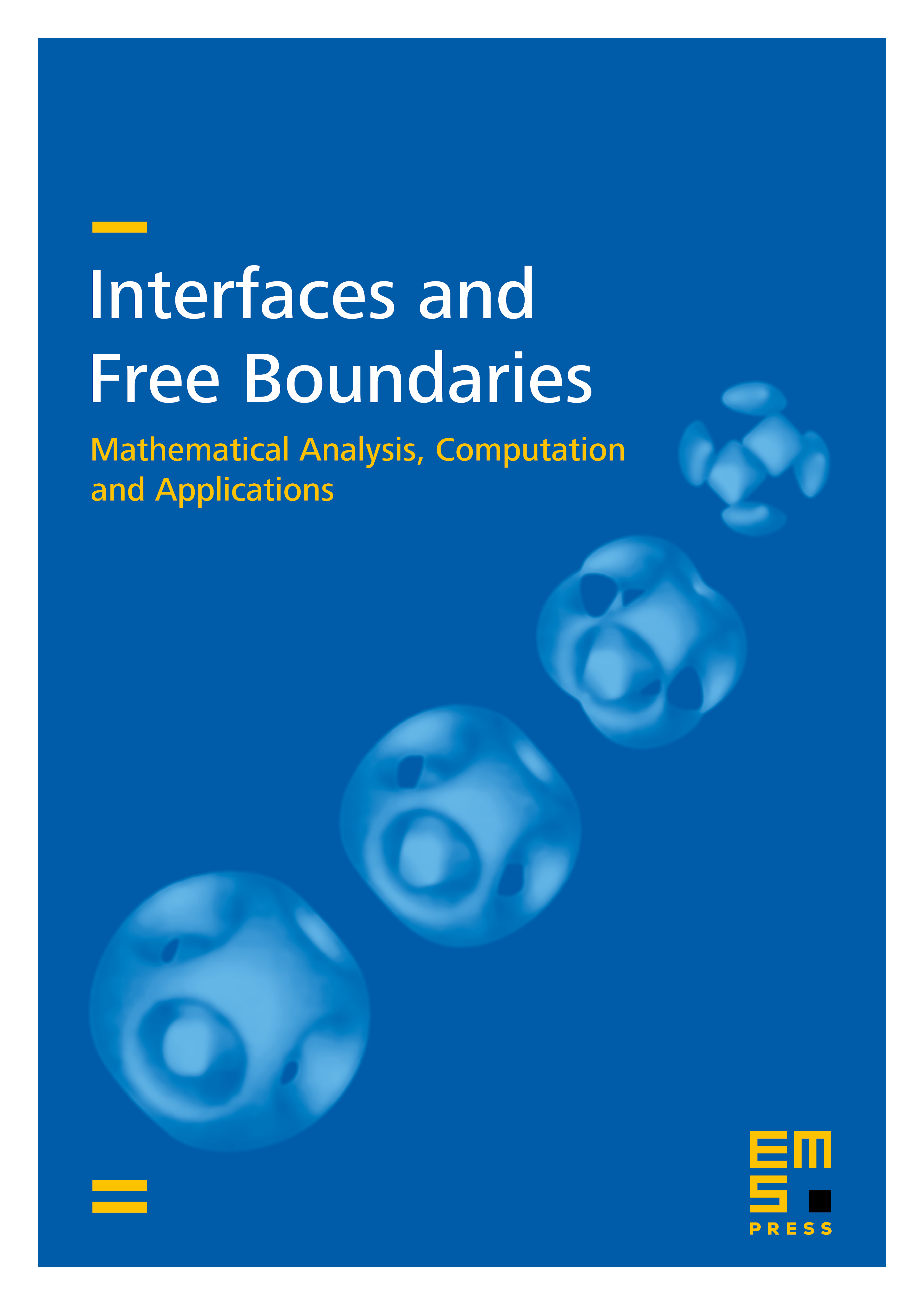On self-similar solutions to the surface diffusion flow equations with contact angle boundary conditions
Tomoro Asai
University of Tokyo, JapanYoshikazu Giga
University of Tokyo, Japan

Abstract
We consider the surface diffusion flow equation when the curve is given as the graph of a function defined in a half line under the boundary conditions and at . We construct a unique (spatially bounded) self-similar solution when the angle is sufficiently small. We further prove the stability of this self-similar solution. The problem stems from an equation proposed by W. W. Mullins (1957) to model formation of surface grooves on the grain boundaries, where the second boundary condition is replaced by zero slope condition on the curvature of the graph.
For construction of a self-similar solution we solve the initial-boundary problem with homogeneous initial data. However, since the problem is quasilinear and initial data is not compatible with the boundary condition a simple application of an abstract theory for quasilinear parabolic equation is not enough for our purpose. We use a semi-divergence structure to construct a solution.
Cite this article
Tomoro Asai, Yoshikazu Giga, On self-similar solutions to the surface diffusion flow equations with contact angle boundary conditions. Interfaces Free Bound. 16 (2014), no. 4, pp. 539–573
DOI 10.4171/IFB/329